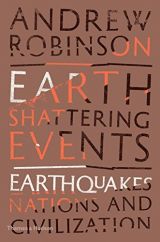
|
vyprodáno |
|
Internetová cena:
|
552,00 Kč 
|
|
Běžná cena:
|
690,00 Kč |
|
Zboží není skladem
|
A groundbreaking survey of the cultural, political and social impacts of major earthquakes of the modern era
From antiquity until the present day, on every continent, human beings have made a Faustian bargain with the risk of periodic devastation by earthquake. Today around half of the world’s largest cities – as many as 60 – lie in areas of major seismic activity.
Each earthquake-struck society offers its own particular lesson; and yet, taken together, such earth-shattering events have important shared consequences for the world.
This book seeks to understand exactly how human agency and great earthquakes have interacted, not only in the short term but also in the long perspective of history. For over the long term, the impact of a great earthquake depends not only on the chance factors of its epicentre, magnitude and timing, but also on human factors: the political, economic, social, intellectual, religious and cultural resources specific to a region’s history.
While physical devastation has in some times and places led to permanent decline and collapse, elsewhere earthquakes have presented opportunities for renewal, the cities they destroy proving to be extraordinarily resilient. After its wholesale destruction by an earthquake and fire in 1906, San Francisco went on to flourish, giving birth in the 1950s to the high-tech industrial area on the San Andreas fault now known as Silicon Valley.
Andrew Robinson has written more than 25 books on the arts and sciences. They include Lost Languages: The Enigma of the World's Undeciphered Scripts, India: A Short History and Earthshock, which won the Association of Earth Science Editors Outstanding Publication Award. He is also a regular contributor to magazines, such as Current World Archaeology, History Today, The Lancet, Nature and Science. A former literary editor of The Times Higher Education Supplement, he has been a visiting fellow at the University of Cambridge.
Ukázky z knihy (pro zvětšení klikněte)
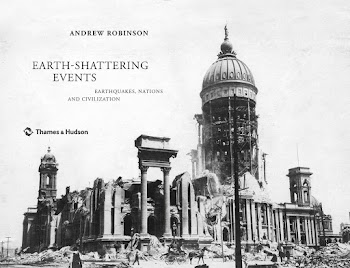
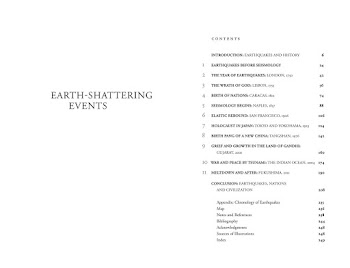
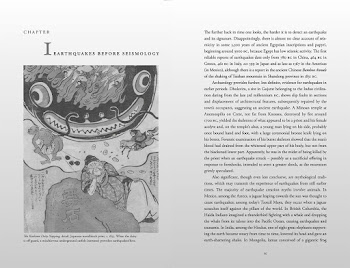


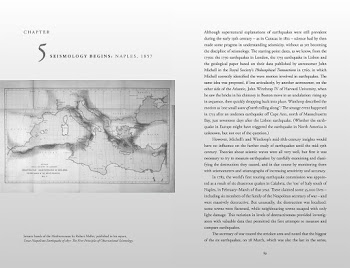

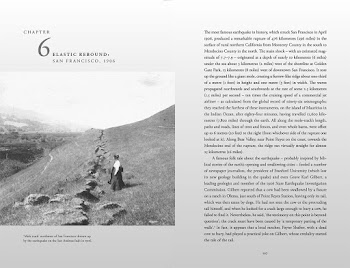




Další knihy od tohoto autora
Diskuze
Žádný příspěvek do diskuze. Přidejte svůj názor »

























